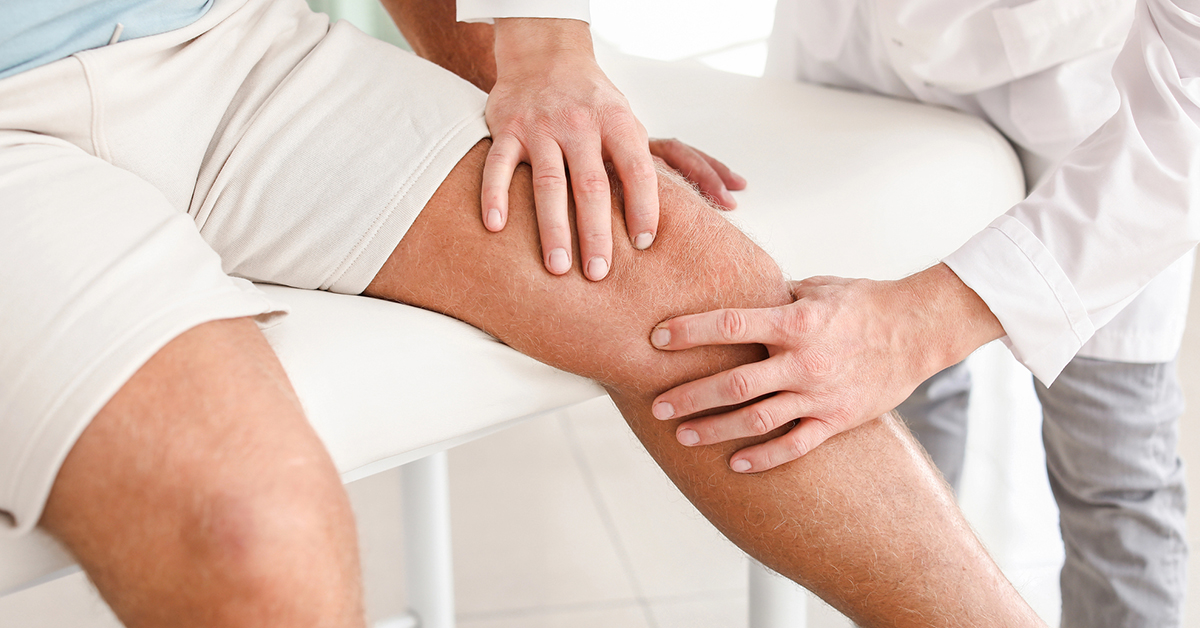
What Do They Do in Physical Therapy for Knees?
Physical therapy for knees is essential for anyone recovering from knee injuries, surgeries, or dealing with chronic knee pain. The goal of knee physical therapy is to reduce pain, improve function, and restore mobility. Here’s a breakdown of what typically happens during knee physical therapy sessions:
Initial Assessment
The first step in knee physical therapy is a thorough assessment. The therapist evaluates the knee’s range of motion, strength, swelling, and pain levels. This helps in creating a personalized treatment plan tailored to the individual’s specific needs and goals.
Pain Management
Managing pain is a critical aspect of knee physical therapy. Therapists use various techniques such as ice packs, heat therapy, ultrasound, and electrical stimulation to alleviate pain and reduce inflammation.
Strengthening Exercises
Strengthening the muscles around the knee is crucial for stability and support. Common exercises include:
- Quadriceps and Hamstring Strengthening: Using resistance bands, weights, or body weight exercises like squats and leg presses.
- Calf Raises: To strengthen the muscles in the lower leg.
- Hip Strengthening: Focusing on the hip muscles, as they play a vital role in knee stability.
Range of Motion Exercises
To restore flexibility and mobility, therapists guide patients through exercises that improve the knee’s range of motion. These might include:
- Heel Slides: Sliding the heel back and forth on a flat surface.
- Leg Lifts: Raising the leg while keeping it straight.
- Bending and Straightening the Knee: Using various props to assist in the movement.
Balance and Proprioception Training
Improving balance and proprioception (the body’s ability to sense its position in space) is crucial for preventing future injuries. Exercises might involve:
- Balance Boards: Standing on unstable surfaces to challenge the knee and improve stability.
- Single-Leg Stands: To enhance balance and control.
Manual Therapy
Physical therapists often use hands-on techniques to improve joint and soft tissue mobility. This can include:
- Massage: To reduce muscle tension and improve blood flow.
- Joint Mobilization: Gentle movements to increase joint flexibility.
Functional Training
To ensure that patients can return to their daily activities, therapists incorporate functional training into the sessions. This might include:
- Stair Climbing: Practicing going up and down stairs safely.
- Walking and Gait Training: To correct any abnormalities in the way the patient walks.
Education and Home Exercises
Physical therapists educate patients on proper knee care and provide exercises to be done at home. This empowers patients to take an active role in their recovery and maintain progress between sessions.
Physical therapy for knees is a comprehensive approach that addresses pain, strength, mobility, balance, and functionality. By following a personalized treatment plan, patients can achieve significant improvements in their knee health and overall quality of life. If you’re dealing with knee issues, consider consulting a physical therapist to develop a plan that’s right for you.
